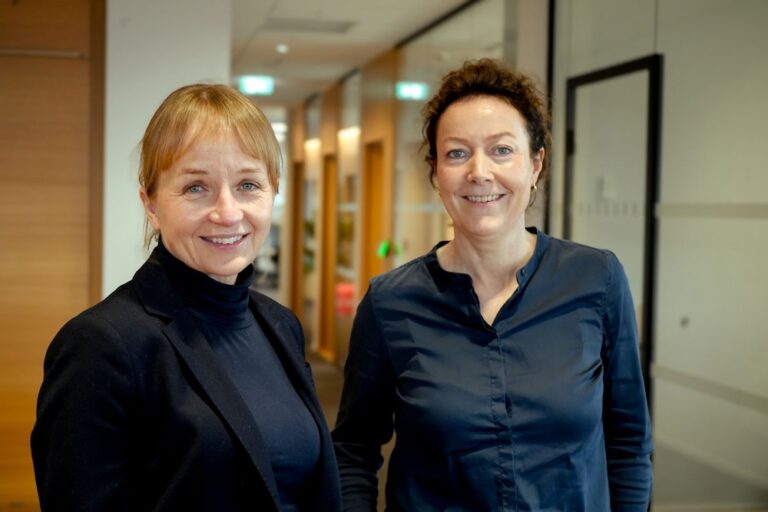The two promise to change the face of subsea infrastructure in the region, as subsea cables are increasingly attacked
Telecom Egypt and EXA Infrastructure have formed a partnership to “reshape East-to-West traffic flows entering the Mediterranean, and reinforce Egypt’s role as a pivotal hub for global telecommunications”.
Telecom Egypt is one of the largest subsea cable operators in the region, and EXA Infrastructure is a European fibre backbone and transatlantic subsea cable infrastructure provider.
In recent months, subsea cables have been attacked including in the Red Sea and the waters of Northern Europe. The impact has been made worse by outages off Western Africa, and the fact at least nine of the countries affected rely on a single subsea cable.
In February, ETNO warned that vulnerable subsea cables are a risk to the European Union’s security.
ETNO said, “We strongly advocate…comprehensive reforms in the permitting procedures. This includes clear identification, simplification, and unification of the process for installation, repair, and decommissioning of submarine cables. These processes should be harmonized throughout Member States as much as possible, including the introduction of a one-stop-shop approach in every country.
It envisages this process would establish a single point of contact for operators and public agencies. It cites the example of a recent order from the Portuguese government [document in Portuguese] as a model for best practice in the EU. The order outlines measures to simplify the installation of submarine cables, such as setting up a single licensing portal.
Building multiple diverse routes is also seen as essential ensure services are not disrupted if a cable is damaged.
Telecom Egypt and EXA
At a signing ceremony between Telecom Egypt and EXA Infrastructure, executives committed to a new era of cooperation to support digital infrastructure initiatives.
EXA Infrastructure says that through the partnership, it will become a one-stop-shop for traffic from the Middle East and Asia into Europe. It will combe multi-route solutions and “protected capacity” solutions from Egypt via Telecom Egypt’s WeConnect infrastructure which has hundreds of endpoints in Europe and North America.
Telecom Egypt unveiled WeConnect in September 2023 as an ecosystem offering access to Egypt’s extensive subsea cables. WeConnect enables users to navigate between subsea cable systems in the Mediterranean and the Red Sea, on an open and neutral basis.
Now, as part of the partnership, EXA Infrastructure will serve as the European and North American-based service provider to access WeConnect.
Egypt’s role as hub
Telecom Egypt handles more than 90% of the international Eurasian traffic, accounting for more than 200Tbps of international traffic across Egypt. The company is establishing new landing stations on the Mediterranean and Red Sea coasts, which are connected via diverse terrestrial and subsea routes.
Dr Amr Talaat, Egypt’s Minister of Communications and Information Technology, commented, “This agreement is an important milestone in the series of partnerships forged with major international telecommunications service providers to expand the reach of the international digital infrastructure globally, keeping pace with the growing demand for Internet services worldwide and in line with the government’s strategy to position Egypt as a global digital corridor for data.
“The Ministry of Communications and Information Technology is keen to maintain Egypt’s distinctive edge in the field of international subsea cables infrastructure, capitalising on its unparalleled geographical location as a unique hub for submarine cables worldwide.”
Links to anywhere
Mohamed Nasr, Managing Director and Chief Executive Officer at Telecom Egypt, said the new partnership allows “our customers to pick their traffic from Egypt to any point of presence (PoP) in Europe via Telecom Egypt’s Mediterranean cable landing stations.”
He added, “Using WeConnect ecosystem, 19 subsea systems can easily and seamlessly scale-up and extend their reach to major PoPs in Europe hopping on EXA Infrastructure’s well-established network.”
Nick Read, Executive Chairman at EXA Infrastructure, added, “Partnerships are a cornerstone of how this industry will scale to support the huge growth in data traffic in the coming years.”












